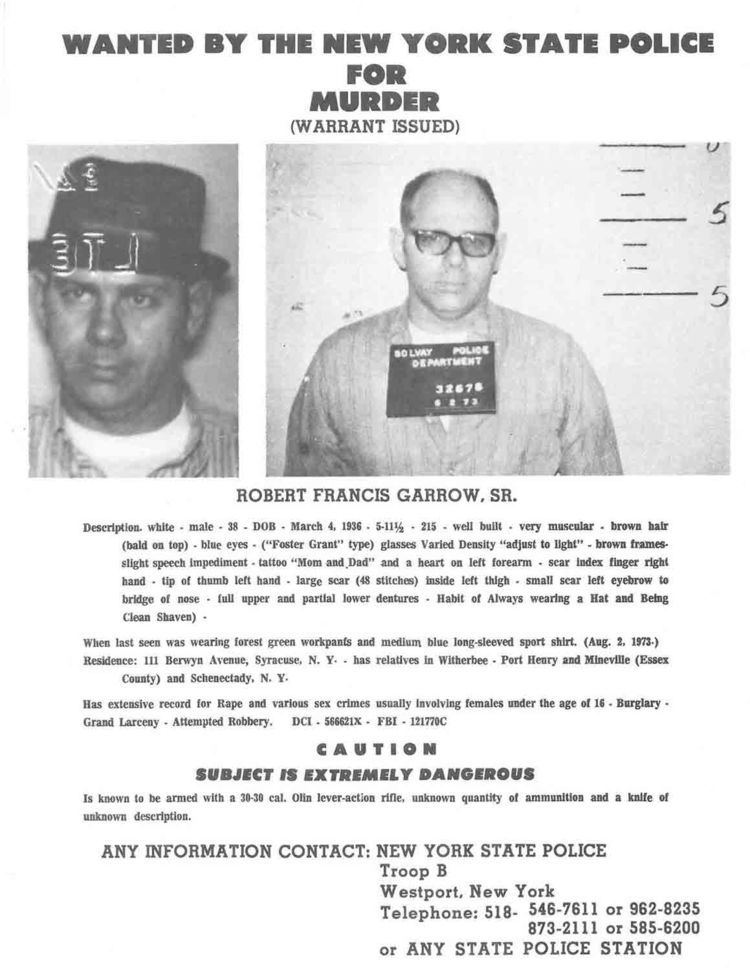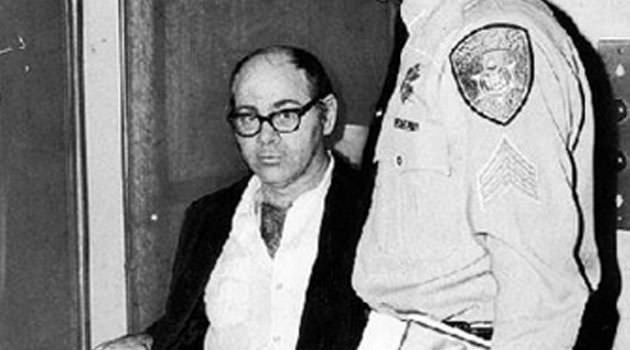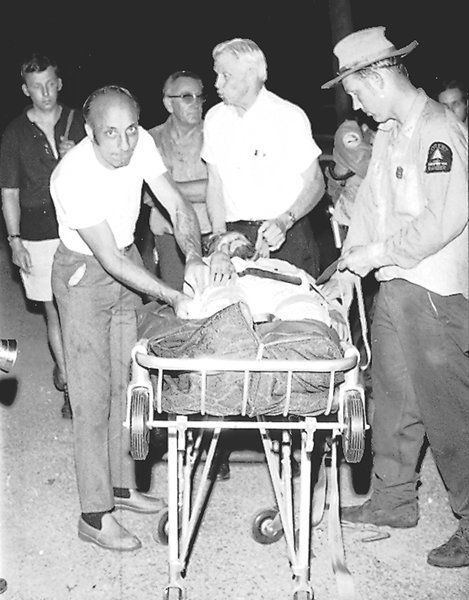Name Robert Garrow Victims 4 Role Serial Killer | Span of killings July 1973–1973 Date apprehended 1973 Country U.S. | |
 | ||
Cause of death shot trying to escape prison Died September 11, 1978, Dutchess County, New York, United States | ||
Criminal penalty 25 years to life | ||
Frank armani 2008 on robert garrow
Robert Garrow (March 4, 1936–September 11, 1978) was an American spree killer who was active in New York in the early 1970s. His criminal trial, known as the Buried Bodies Case, became an important case in legal ethics after his attorneys refused to disclose the location of the bodies of two of his victims, citing attorney-client privilege.
Contents
- Frank armani 2008 on robert garrow
- The robert garrow case
- Early life
- Criminal history
- Escape and Death
- References

The robert garrow case
Early life

Garrow was born in the upstate New York village of Dannemora to French-Canadian parents, Robert Garrow Sr. and Margaret Garrow, poor farmers. Garrow later claimed his parents were severe, violent disciplinarians who regularly physically abused their children with whatever was handy, even bricks. His accounts have been repeated by his siblings. However, Garrow and his siblings were testifying on behalf of an insanity plea in order to lessen the sentence against him.

The police were called several times throughout the years to break up violent fights between Garrow and his alcoholic father; after a particularly brutal episode when Garrow was 15, he was sent to a farm to work. He joined the Air Force upon his release, but was court-martialed a year later for stealing money from a superior officer and spent six months in a military prison in Florida. After a failed escape attempt, he spent a year in another stockade in Georgia.

Garrow later reported a long history of sexual dysfunction and paraphilias; he committed several acts of bestiality with the farm animals he worked with throughout childhood and adolescence, and would often masturbate with milking machines.
Criminal history
Garrow returned to New York in 1957, married and fathered a son. His life did not improve, however; he was fired from a series of menial jobs, including from a fast food restaurant he burglarized, and was involved in an abusive relationship with a man he later described as a sadist. He was arrested for rape in 1961 and spent seven years in prison. Soon after he was released, he committed a series of rapes; many of his victims were children. He was arrested for the rape of two prepubescent girls, but jumped bail and became a fugitive. His crimes soon escalated to murder.
He murdered four people in July 1973, including a young woman whom he kidnapped and repeatedly raped before killing, and a high school-aged camper in the Adirondacks a few days later. Three witnesses escaped and sought police, spurring a statewide manhunt that was, at the time, the largest in New York State history, which lasted twelve days. Road blocks were set up at intersections throughout Adirondack Park requiring motorists to open vehicle trunks for law enforcement to complete a thorough search. Motorists were warned not to stop for anyone on foot near the roads for fear that Garrow might have tried to pose as a hitchhiker. Garrow was tracked down in the woods sixty miles north of the murder scene, cornered, and shot in the foot, arm, and back by a Conservation Officer. He survived, but alleged that he was partially paralyzed.
Garrow was treated at CVPH Medical Center in Plattsburgh, NY, where doctors denied his claims of paralysis. He sued the State of New York for $10 million, alleging that the state's doctors had been negligent in treating the gunshot wound which led to his alleged paralysis. He was moved to a medium security prison in exchange for dropping the lawsuit and was later found to be faking his paralysis. Garrow pleaded not guilty by reason of insanity, but the jury rejected it and found him guilty of murder in the second degree, sentencing him to a term of 25 years to life in prison. Garrow began his sentence at Clinton Correctional Facility (maximum security) in Dannemora, NY, on July 2, 1974. Due to his alleged paralysis, however, Garrow repeatedly requested transfer to the Elderly and Handicapped Unit (minimum security) within the medium-security Fishkill Correctional Facility. In September, 1977, a death threat against Garrow prompted his transfer to Auburn Correctional Facility (maximum security). It was not until early 1978 that Garrow was transferred to Fishkill.
A grand jury indicted one of Garrow's lawyers – Francis Belge, with whom he had shared the location of two victims' bodies – for violating §§ 4200(1) and 4143 of the New York Public Health Law: the first such section required that a decent burial be accorded the dead, while the second required "anyone knowing of the death of a person without medical attendance, to report the same to proper authorities. The trial court granted the attorneys' motion to dismiss the indictment on the grounds that the communications between Garrow and Belge as to the whereabouts of the bodies were protected by the attorney-client privilege, and "in the interests of justice." As to the privilege, the court held that Belge's professional duties prohibited him from revealing information that would incriminate his client, reasoning that the Fifth Amendment rights of criminal defendants against self-incrimination would be circumvented if "compulsory disclosure can be exacted through his attorney." However, the court noted that if Belge had been charged with obstruction of justice "under a proper statute," rather than a rarely applied "pseudo-criminal statute," the requisite balancing of the accused's Fifth Amendment rights against the rights of society to punish culpable behavior would have rendered the court's decision much more difficult.
Escape and Death
Landing himself in a lesser security facility, due to his false claims of paralysis, Garrow escaped from the Fishkill prison, Unit for the Elderly and Handicapped on September 8, 1978. He was in possession of a .32 caliber pistol he had obtained from his son, who concealed the weapon inside a bucket of chicken he brought to his father during a visit.
Garrow then spurred another search after he was discovered missing from his cell. The false claims about his paralysis kept the guards unsuspecting, as he scaled a fifteen foot fence to escape the prison grounds. He waited in a nearby wooded area, remaining concealed in the brush and leaves until the search widened and he could continue running. However, Garrow was spotted by guards a few days later a few hundred yards away from the prison walls. Garrow shot at his pursuers, but was killed when they returned fire.
